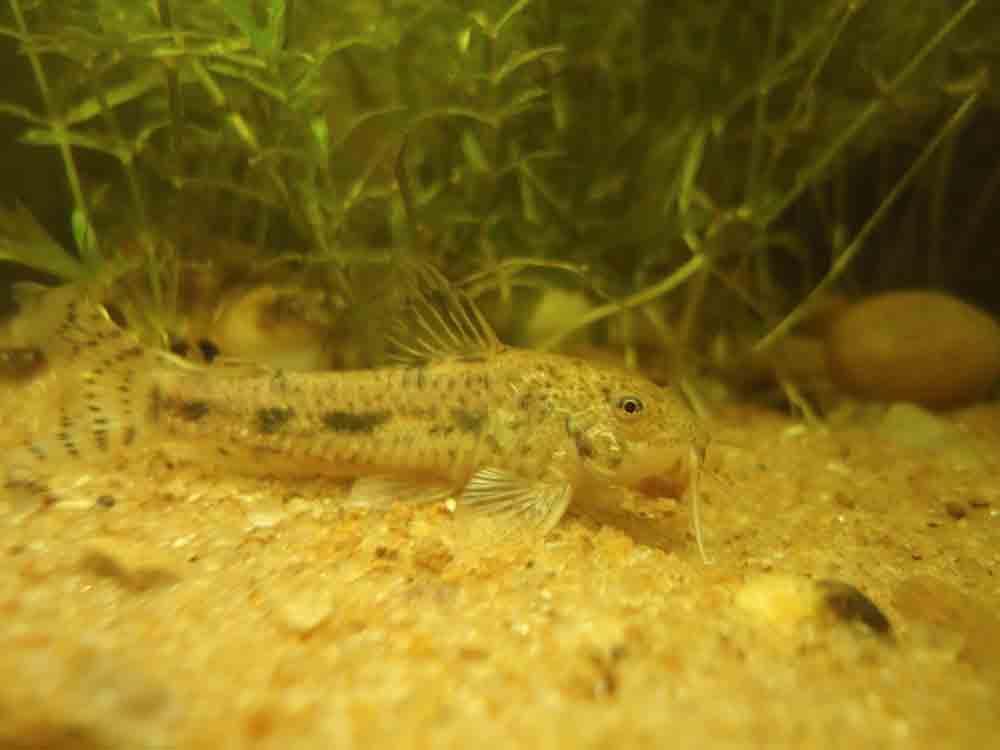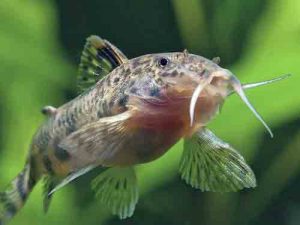The Aspidoras Fuscoguttatus, also known as the Brown-point shield skin longirostris, is a species of fish that belong to the genus Aspidoras. First described as “Ophidiaster fuscoguttatus” by Jordan and Thompson in 1903, this species has since been moved between several genera, including Peltecodus, Stegagonema, Aspidoras and Echeneis. This species can typically be found in coral reefs of the Indo-Pacific oceans within an area between 20 degrees north to 20 degrees south latitudes. The fish is usually pale brown or gray with darker brown spots all over its body.
When this fish feels threatened it will rub its body on rock until it gets some debris on its skin which allows it to blend into its surroundings by using their bright coloration and patterned skin to blend into the surroundings. In this way, many predators have overlooked them and have therefore not eaten them
.
Aspidoras fuscoguttatus are small fish that measure about 6 centimeters in length, excluding the tail which is only 1/8th of a centimeter long. The Aspidoras Fuscoguttatus feed on coral polyps, sponges, and other small invertebrates they find on coral reefs. Aspidoras fuscoguttatus are also believed to be good indicators of environmental health because they tend to move around a lot and can be seen very far away.
It is harmless to humans, thrives in conditions. 22°C – 25°C, pH range: 5.5 – 6.8.
It’s name derives from Greek Language. Etymology: Aspidoras: Greek, aspis, -idos = shield + Greek, dora = skin.


